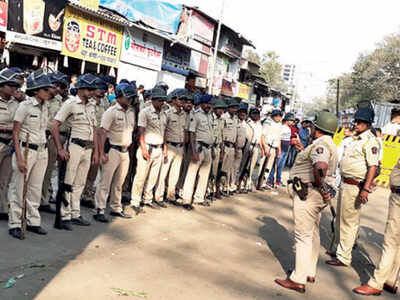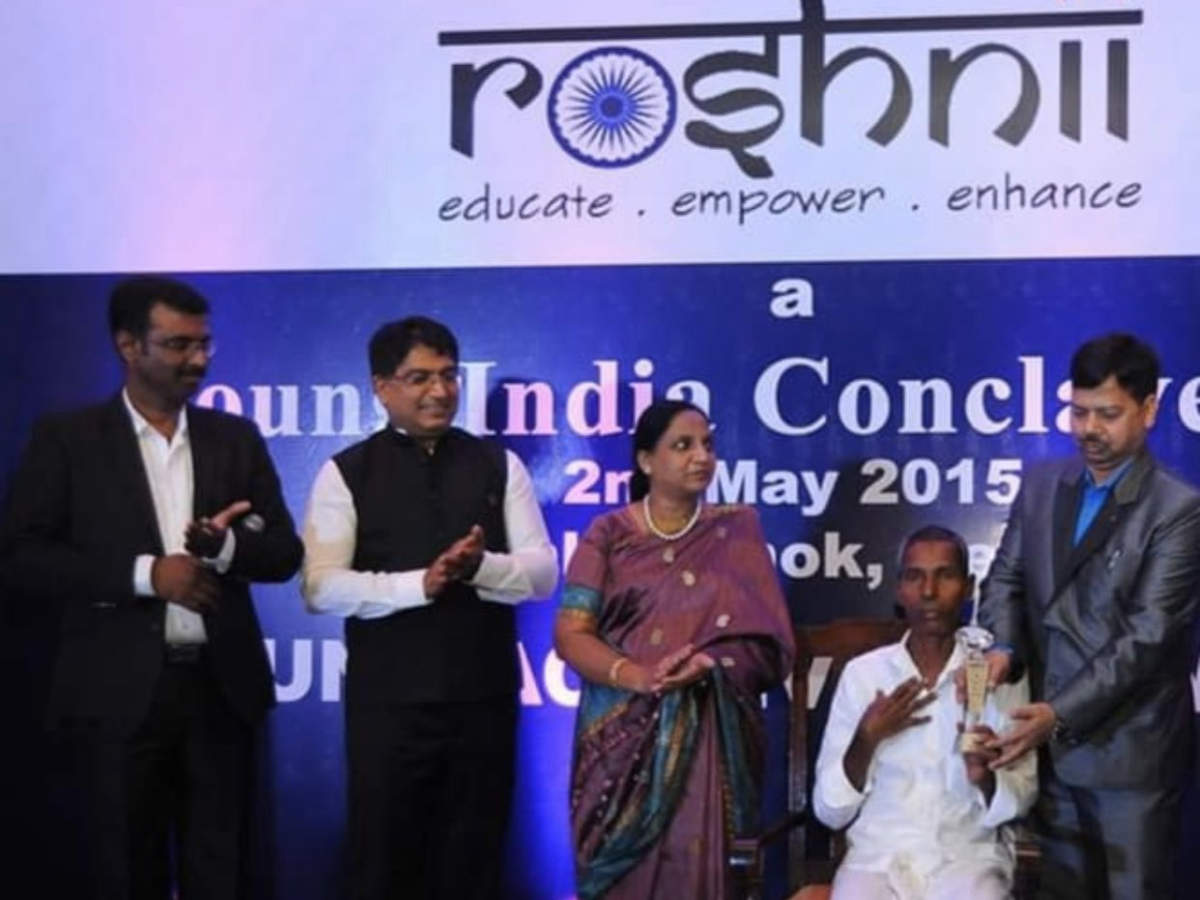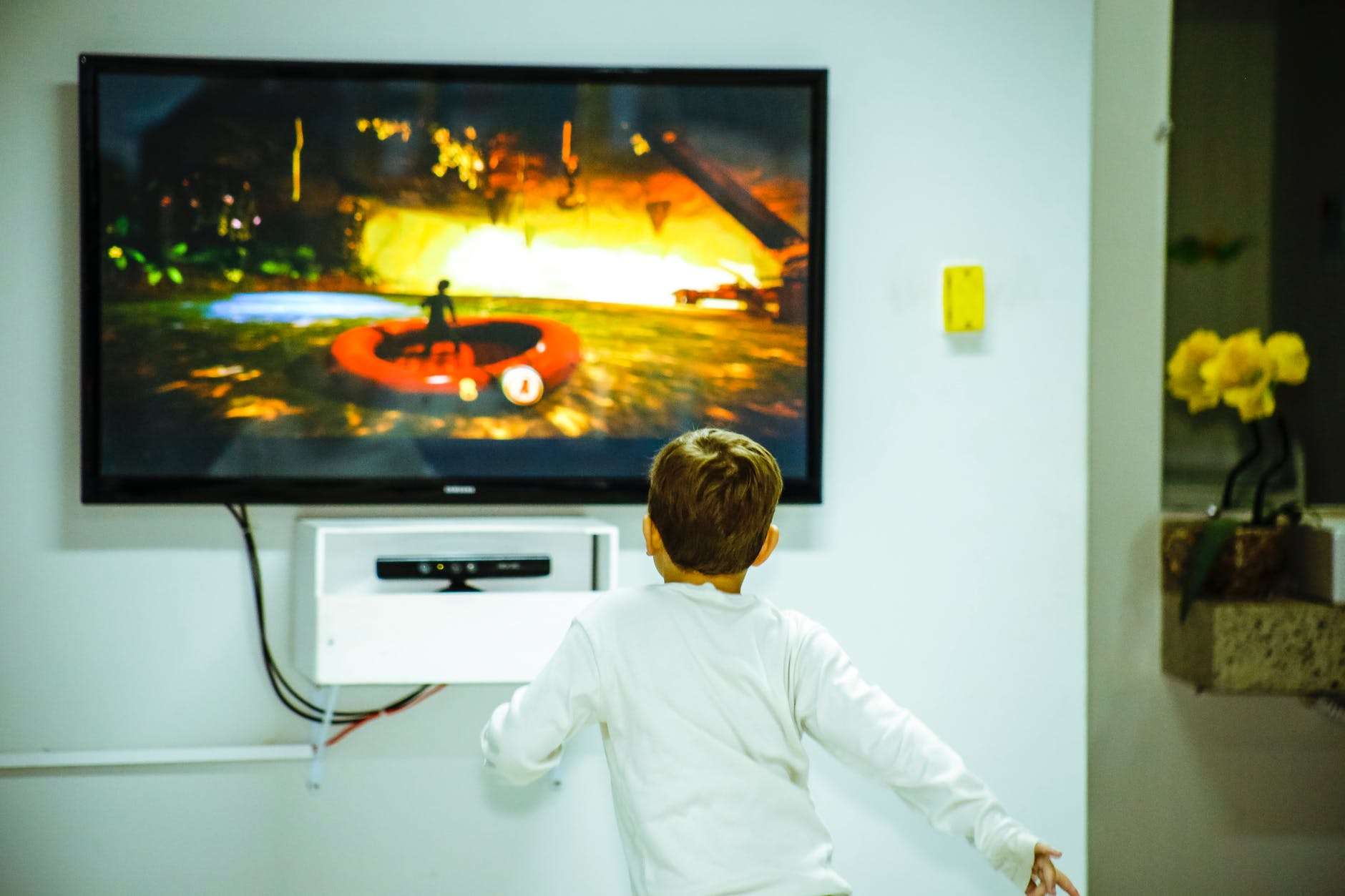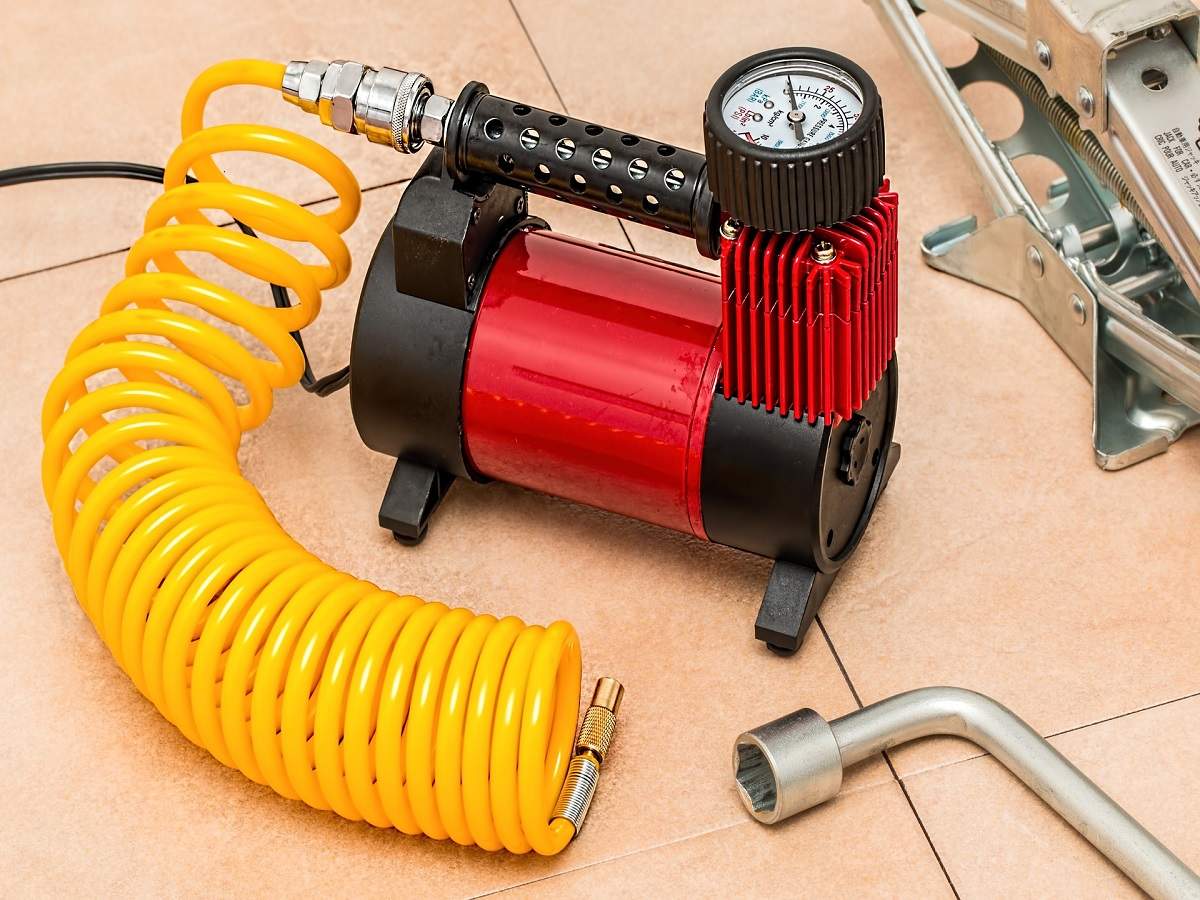
MUMBAI: Even as Mumbai police on Monday carried out flag marches in parts of the city to show they were in control of the law and order situation, the Maharashtra government tried to persuade the organisers of the anti-CAA stir at Mumbai Central’s Mordell Road to withdraw their eight-day-long agitation.
State home minister Anil Deshmukh of NCP requested a delegation of ‘Mumbai Bagh’ representatives that they should take back their protest as it did not have any permission. He also gave them a written assurance that not a single citizen of the state would lose citizenship. “I have requested them to take back their protest as they have been sitting there for eight days without any permission. Also, I have said this multiple times that CAA and NRC will not be implemented in the state and not a single citizen of Maharashtra will have to lose citizenship,” he said.
The government has also assured the protesters it will not file any cases against them if they move out. The Nagpada police in the past week had issued notices under the preventive Section 149 of the Criminal Procedure Code to seven persons, all locals, warning them that if any untoward incidents took place, they would be booked.
A delegation of former and present MLAs and women representatives of the protestors met the minister on Monday after certain issues cropped up at the protest site from Saturday. Police had on Saturday tried to get the group to withdraw, without any success.
Former MLA Waris Pathan said they had asked Deshmukh to take back the notices issued to eight persons. “We will meet the core committee of the protestors and take a unanimous decision about the next step,” Pathan said. He said a decision on the manner in which the protest has to be taken back or if it can be shifted to another location would be taken in a meeting scheduled at night at the protest site outside Arabia hotel in Mumbai Central.
The women who form the core committee of the protest were closeted in a meeting on Monday night to determine their next course of action. However, the men backing the agitation said they had no plans of winding up the stir or of moving it elsewhere, and demonstrators at the site staged their sit-in well into the night.
Samajwadi Party MLA from Bhiwandi Rais Shaikh, who was also part of the delegation, said they did not want anyone to take advantage of the protest and the situation at the site, so an appropriate decision would be taken.
For their part, Mumbai police began preparing themselves for the worst by conducting flag marches in various parts of the city, which will be repeated on Tuesday. Police also revised and updated their Standard Operating Procedure (SOP) for communal riots. Former IPS officers said they do not remember such an occurrence since the Mumbai riots of 1992-93. Routine flag marches are carried out before elections or prominent events. But seldom do police anticipate communal riots to break out at such times.
Monday’s flag marches came hot on the heels of violence in JNU and firing outside Jamia Milia Islamia University in Delhi and at Shaheen Bagh. The protests going on at Govandi, Madanpura and Mumbai police have prompted Mumbai police to take the preventive step, sources said.
Police remained tightlipped when asked if there was any high alert or anticipation of any untoward incident in the backdrop of anti-CAA-NRC protests at Nagpada and Deonar. “Anything can happen. We are preparing for the worst,” said an officer. “The march was carried out at the level of local police stations across the city for peace. The idea is to show visible police presence and prevent any untoward incident, particularly in sensitive pockets,” Mumbai police spokesperson, DCP Pranay Ashok said. Meanwhile, Nagpada police have deployed two CCTV vans at both ends of the ‘Mumbai Bagh’ protest to capture images from all directions. The cameras are linked to the server at the police control room.
A flag march resembles patrolling by armymen in full gear in an area where curfew has been imposed. The objective is to show presence of forces in the area in order to prevent a law and order situation.
Former Mumbai police commissioner D Sivanandhan said, “I had heard about police flag marches only during December 1992-January 1993 after the Babri Masjid demolition.”
Former Navi Mumbai commissioner KL Prasad said, “I have never heard any such flag march during the last decade in Mumbai. Even after 26/11, no flag march was carried out. The march is carried out for reassurance and to restore confidence among people who are scared of untoward incidents. Secondly, the idea is to spread fear in the minds of miscreants.”
IPS officer-turned lawyer YP Singh said, “The march could be in anticipation of any volatile situation.”
In the western suburbs, police from Bandra, D N Nagar, Meghwadi, Nirmal Nagar, Oshiwara, Sahar and Sakinaka carried out marches in vulnerable pockets on Monday. “We got instructions from the police commissioner’s office to conduct the march. It was carried out for an hour from 11.15am to 12.15pm,” an officer said.
In Mumbai North, flag marches were conducted at 5 to 6 locations including Aarey Colony, Goregaon East, Malwani etc. “The revised and updated SOP mentions what should be the line of action if a communal riot breaks out,” said Dilip Sawant, additional commissioner, north region.
(Inputs by Bella Jaisinghani, S Ahmed Ali and Mateen Hafeez)
State home minister Anil Deshmukh of NCP requested a delegation of ‘Mumbai Bagh’ representatives that they should take back their protest as it did not have any permission. He also gave them a written assurance that not a single citizen of the state would lose citizenship. “I have requested them to take back their protest as they have been sitting there for eight days without any permission. Also, I have said this multiple times that CAA and NRC will not be implemented in the state and not a single citizen of Maharashtra will have to lose citizenship,” he said.
The government has also assured the protesters it will not file any cases against them if they move out. The Nagpada police in the past week had issued notices under the preventive Section 149 of the Criminal Procedure Code to seven persons, all locals, warning them that if any untoward incidents took place, they would be booked.
A delegation of former and present MLAs and women representatives of the protestors met the minister on Monday after certain issues cropped up at the protest site from Saturday. Police had on Saturday tried to get the group to withdraw, without any success.
Former MLA Waris Pathan said they had asked Deshmukh to take back the notices issued to eight persons. “We will meet the core committee of the protestors and take a unanimous decision about the next step,” Pathan said. He said a decision on the manner in which the protest has to be taken back or if it can be shifted to another location would be taken in a meeting scheduled at night at the protest site outside Arabia hotel in Mumbai Central.
The women who form the core committee of the protest were closeted in a meeting on Monday night to determine their next course of action. However, the men backing the agitation said they had no plans of winding up the stir or of moving it elsewhere, and demonstrators at the site staged their sit-in well into the night.
Samajwadi Party MLA from Bhiwandi Rais Shaikh, who was also part of the delegation, said they did not want anyone to take advantage of the protest and the situation at the site, so an appropriate decision would be taken.
For their part, Mumbai police began preparing themselves for the worst by conducting flag marches in various parts of the city, which will be repeated on Tuesday. Police also revised and updated their Standard Operating Procedure (SOP) for communal riots. Former IPS officers said they do not remember such an occurrence since the Mumbai riots of 1992-93. Routine flag marches are carried out before elections or prominent events. But seldom do police anticipate communal riots to break out at such times.
Monday’s flag marches came hot on the heels of violence in JNU and firing outside Jamia Milia Islamia University in Delhi and at Shaheen Bagh. The protests going on at Govandi, Madanpura and Mumbai police have prompted Mumbai police to take the preventive step, sources said.
Police remained tightlipped when asked if there was any high alert or anticipation of any untoward incident in the backdrop of anti-CAA-NRC protests at Nagpada and Deonar. “Anything can happen. We are preparing for the worst,” said an officer. “The march was carried out at the level of local police stations across the city for peace. The idea is to show visible police presence and prevent any untoward incident, particularly in sensitive pockets,” Mumbai police spokesperson, DCP Pranay Ashok said. Meanwhile, Nagpada police have deployed two CCTV vans at both ends of the ‘Mumbai Bagh’ protest to capture images from all directions. The cameras are linked to the server at the police control room.
A flag march resembles patrolling by armymen in full gear in an area where curfew has been imposed. The objective is to show presence of forces in the area in order to prevent a law and order situation.
Former Mumbai police commissioner D Sivanandhan said, “I had heard about police flag marches only during December 1992-January 1993 after the Babri Masjid demolition.”
Former Navi Mumbai commissioner KL Prasad said, “I have never heard any such flag march during the last decade in Mumbai. Even after 26/11, no flag march was carried out. The march is carried out for reassurance and to restore confidence among people who are scared of untoward incidents. Secondly, the idea is to spread fear in the minds of miscreants.”
IPS officer-turned lawyer YP Singh said, “The march could be in anticipation of any volatile situation.”
In the western suburbs, police from Bandra, D N Nagar, Meghwadi, Nirmal Nagar, Oshiwara, Sahar and Sakinaka carried out marches in vulnerable pockets on Monday. “We got instructions from the police commissioner’s office to conduct the march. It was carried out for an hour from 11.15am to 12.15pm,” an officer said.
In Mumbai North, flag marches were conducted at 5 to 6 locations including Aarey Colony, Goregaon East, Malwani etc. “The revised and updated SOP mentions what should be the line of action if a communal riot breaks out,” said Dilip Sawant, additional commissioner, north region.
(Inputs by Bella Jaisinghani, S Ahmed Ali and Mateen Hafeez)
Get the app









